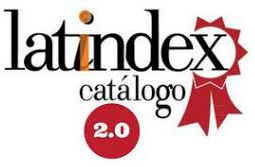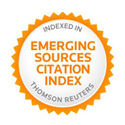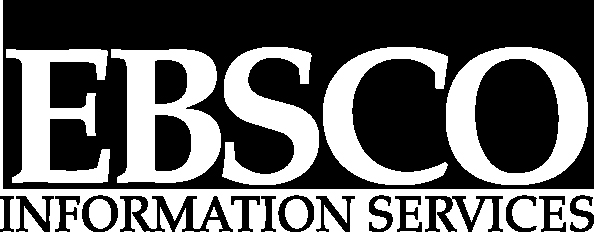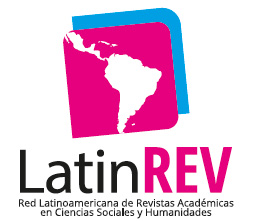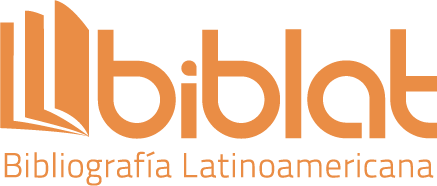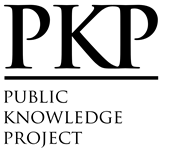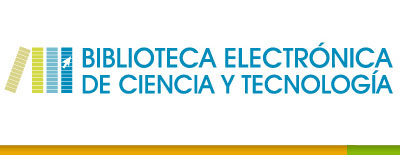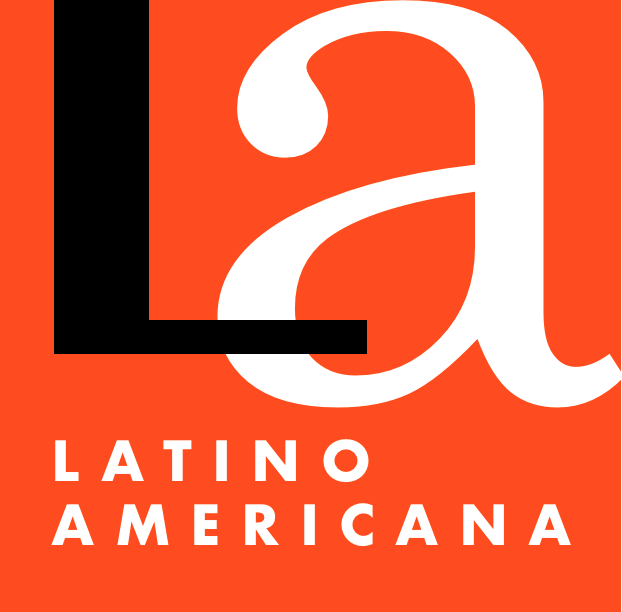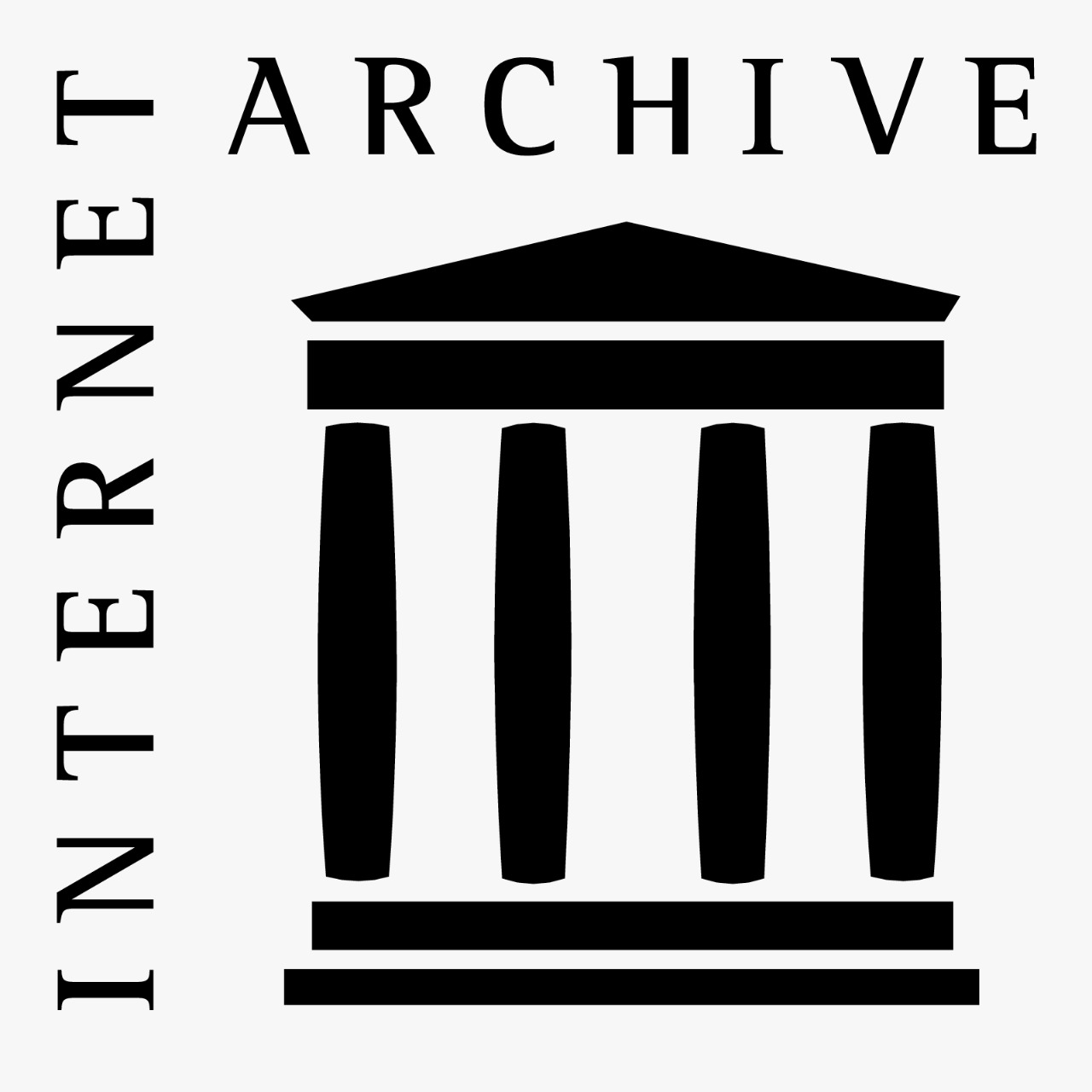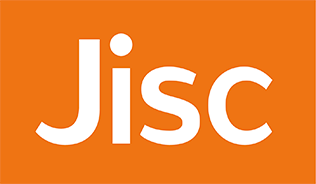The informational middle ages
Education in the information age, or how everything must change so that it remains the same
Abstract
In a context of strong inequality, regarding society’s access to information in regions like Latin America, schools face a dilemma that questions their purpose and function in society. As institutions produced by modernity, schools need to adapt their curriculums and methodologies in order to move into the information society of the postindustrial age. The rapid obsolescence of the kind of knowledge offered by schools leads individuals to develop their talents outside educational institutions, since knowledge is the basic good of the current informational revolution. Latin America’s new dependence is rooted precisely in the cultural impossibility of preparing the bulk of the population for the informational production model, whose foundation stone is the creation of the computer and the internet. Moreover, in the information society, learning has stopped being a solely cognitive phenomenon and has come to include a social dimension. So-called “practice communities”, because of the interaction they generate between peers, encourage the teaching-learning of informal knowledge, which arises out of personal experience. The inclusion of technology in the classroom is currently limited to the teaching of traditional content, as an attempt to more easily attract children, who in turn bear the burden of the digital native myth, which overestimates the real extent of their knowledge in the use of these devices. The change that must be made in schools implies two related and intertwined factors: internet connection in the classroom and the (constant) updating of curricular designs, keeping in mind that achieving the expected results in students’ schooling necessarily has to do with the role of the teacher.
Downloads
References
Baum, G., Nemirovsky, A. & Sabelli N. (2008). La educación en ciencia y tecnología como derecho social en la economía del conocimiento. Revista de Trabajo 4 (5), p. 63-71.
Brunner, J. J. (2003). Educación e internet: ¿la próxima revolución? Buenos Aires: Fondo de Cultura Económica.
Burbules, N. C. (2013). Los significados del “aprendizaje ubicuo”. Revista de Política Educativa, Buenos Aires, 4, p. 11-19.
Castells, M. (2003). Panorama de la era de la información en América Latina: ¿es sostenible la globalización?. En: Calderón, F. (coord.). ¿Es sostenible la globalización en América latina?: debates con Manuel Castells. Santiago de Chile: Fondo de Cultura Económica.
Chaiklin, S. & Lave, J. (comps.) (2001). Estudiar las prácticas: perspectivas sobre actividad y contexto. Buenos Aires: Amorrortu.
Constant II, E. W. (1987). The social locus of technological practice: community, system or organization?. En: Bijker, W. E., Hughes, T. P. & Pinch, T. (eds.) The social construction of technological systems: new directions in the sociology and history of technology. Cambridge: MIT Press.
Daly, A. J. (2010). Social network theory and educational change. Boston: Harvard Education Press.
Durkheim, E. (1981). Las reglas del método sociológico. Buenos Aires: La Pléyade.
Fenwick, T & Edwards R. (2010). Actornetwork theory in education. London: Routledge.
Fernández Enguita, M. (2013). El aprendizaje difuso y el declive de la institución escolar. Revista de la Asociación de Sociología de la Educación, 6 (2), p. 150167.
Frank, K. A.; Zhao, Y. & Borman, K. (2004). Social capital and the diffusion of innovations within organizations: the case of computer technology in schools. Sociology of Education, 77 (2), p. 148171.
Fullan, M. & Smith, G. (1999). Technology and the problem of change. Consultado el 10 de mayo de 2014 en su: http://www.michaelfullan.ca/media/13396041050.pdf
García Aretio, L. (2004 oct.).“Blended learning, ¿enseñanza y aprendizaje integrados? Boletín Electrónico de Noticias de Educación a Distancia (BENED). Consultado el 10 de mayo de 2014 en: http://www.academia.edu/2486382/Blended_Learning_ensenanza_y_aprendizaje_integrados
Kozak, D. (2010). Modelos y dispositivos de inclusión de TICs en escuelas. En su: Escuela y TICs: los caminos de la innovación. Buenos Aires: Lugar Editorial.
Latour, B. (1998). La tecnología es la sociedad hecha para que dure. En: Miquel Domènech, M. & Tirado F. J. (comps.). Sociología simétrica: ensayos sobre ciencia, tecnología y sociedad. Barcelona: Gedisa.
Lundvall, B.-Å. (ed.) (1992). National systems of innovation: towards a theory of innovation and interactive learning. London: Pinter.
Marcovitz, D. (2006). Changing schools with technology: what every school should know about innovation. En: Tettegah, S. Y. & Hunter, R. C. (eds.). Technology and education: issues in administration, policy, and applications in K12 schools. London: Elsevier.
Means, B. et al. (2003). Technology’s contribution to teaching and policy: efficiency, standardization, or transformation? Review of Research in Education, 27(1), p. 159-181.
Muller, J. (2000). Reclaiming knowledge: social theory, curriculum, and education policy. London: Routledge.
Pina, A. B. (2004 abr.). Blended learning: conceptos básicos. Pixel-Bit: revista de medios y educación, 23. Consultado el 10 de mayo de 2014 en: http://www.sav.us.es/pixelbit/pixelbit/articulos/n23/n23art/art2301.htm
SeelyBrown, J. (2000). Growing up: digital: how the web changes work, education, and the ways people learn. Change: the Magazine of Higher Learning 32 (2), p. 11-20.
Warschauer, M. (2003). Technology and social inclusion. Cambridge, MA.: MIT Press.
Weber, M. (1984). Economía y sociedad. México: Fondo de Cultura Económica.
Copyright (c) 2014 Alejandro Artopoulos

This work is licensed under a Creative Commons Attribution-NonCommercial 4.0 International License.
The authors retain the copyright and guarantee the journal the right to be the first publication of the work. In case that a translation of the article already published in Austral Comunicación can be published in another journal, it is requested to record the original publication in the translated version.
The license used is CC BY-NC-SA, which allows sharing (copying and redistributing the material in any medium and format) and adapting (remixing, transforming and building on the material) under the following terms: attribution (acknowledge authorship) and non-commercial (the material cannot be used for commercial purposes). Update: February 1, 2022.
Austral Comunicación allows the author (s) to retain the publication rights without restrictions.








